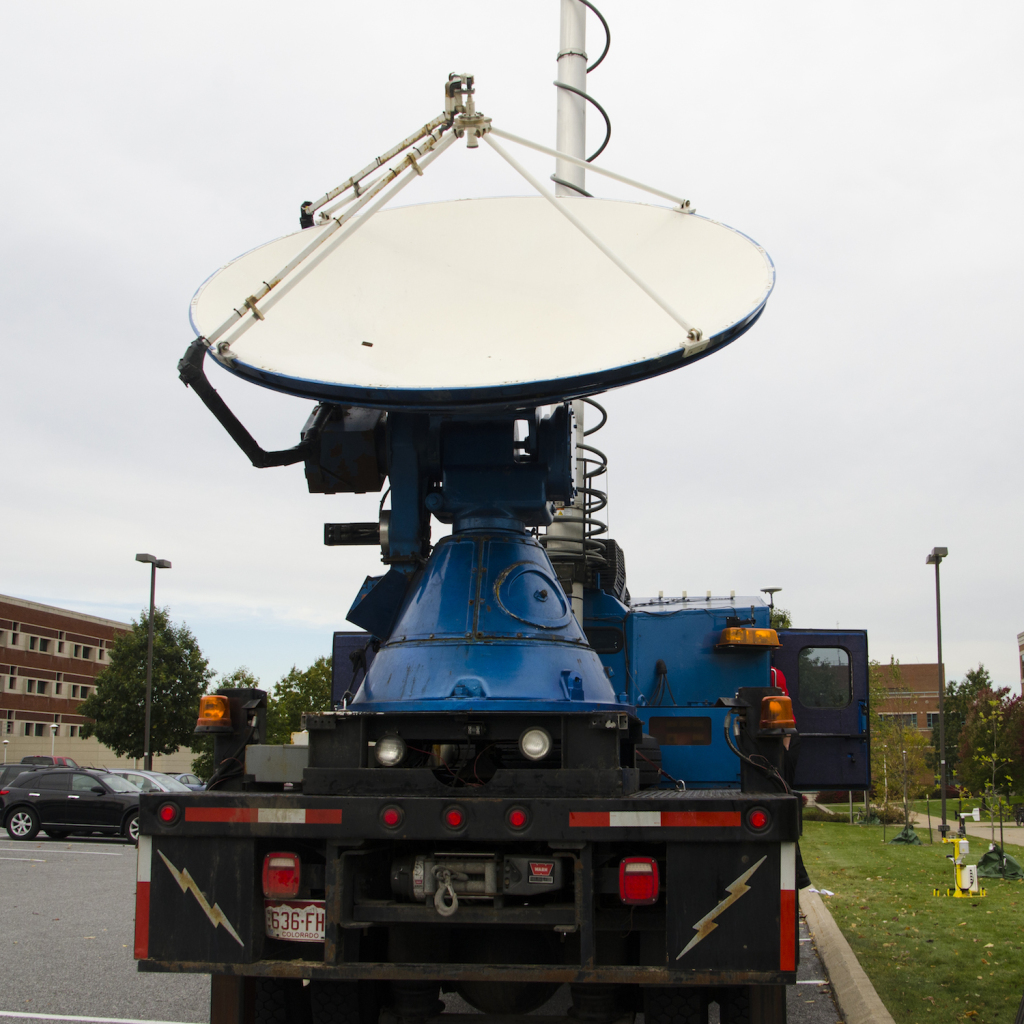Recently, Penn State was lucky enough to have the "Doppler on Wheels" or DOW visit for two weeks through an NSF education grant! The truck, owned and operated by the Center for Severe Weather Research, is probably familiar to you if you have watched any of the storm chasing television shows or are interested in severe storms. Dr. Yvette Richardson and Dr. Matt Kumjian were the faculty hosts and incorporated the radar into classes they are teaching.
I've always believed in getting students involved with data collection. If students collect the data, they are attached to it and begin to see the entire scientific process. Data doesn't just appear, real data is collected, often with complex instruments, and processed to remove various problems, corrections, etc. It's not everyday that students get to collect data with a state-of-the-art radar though!
For this entry we're going to try a video format again. Everyone seemed to like the last video entry (Are Rocks like Springs?). Keep the feedback coming! It was a bit windy, but I've done what I can with the audio processing. A big thanks to everyone who let me talk with them! As always, keep updated on what's happening by following me on twitter (@geo_leeman). This week I'll be off to New York to hear Edward Tufte talk about data visualization, so expect updates about that!






